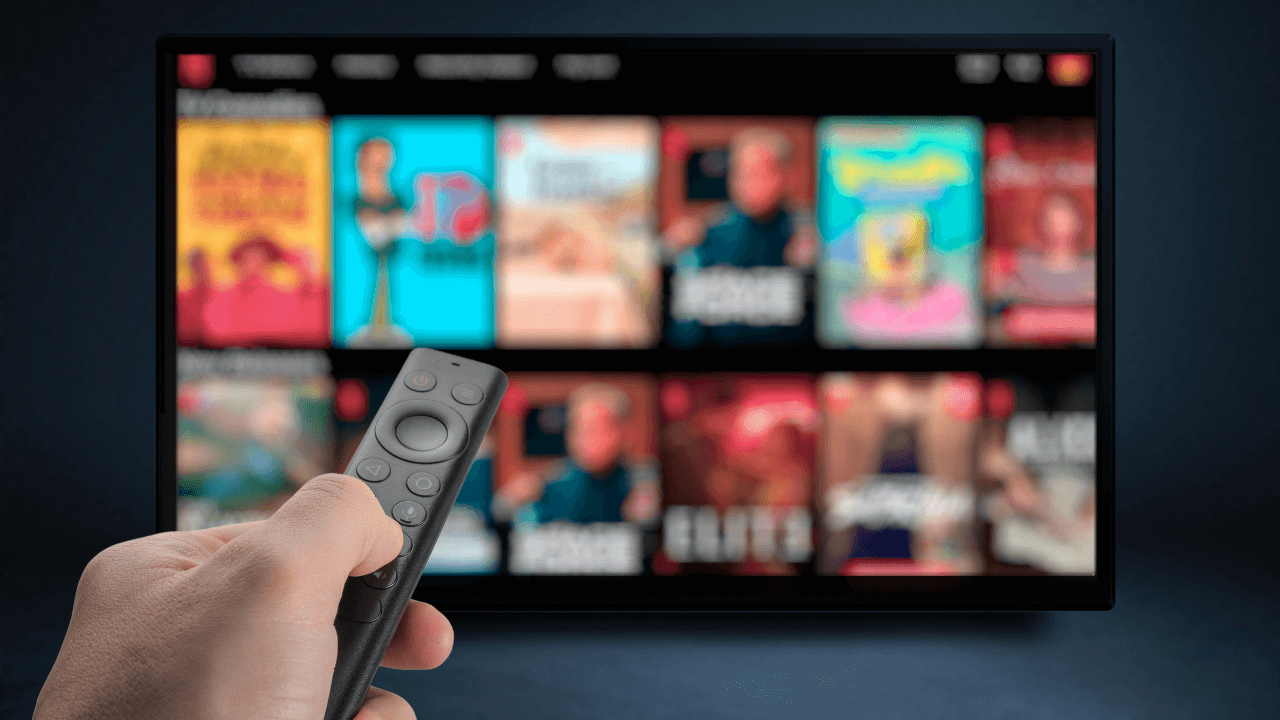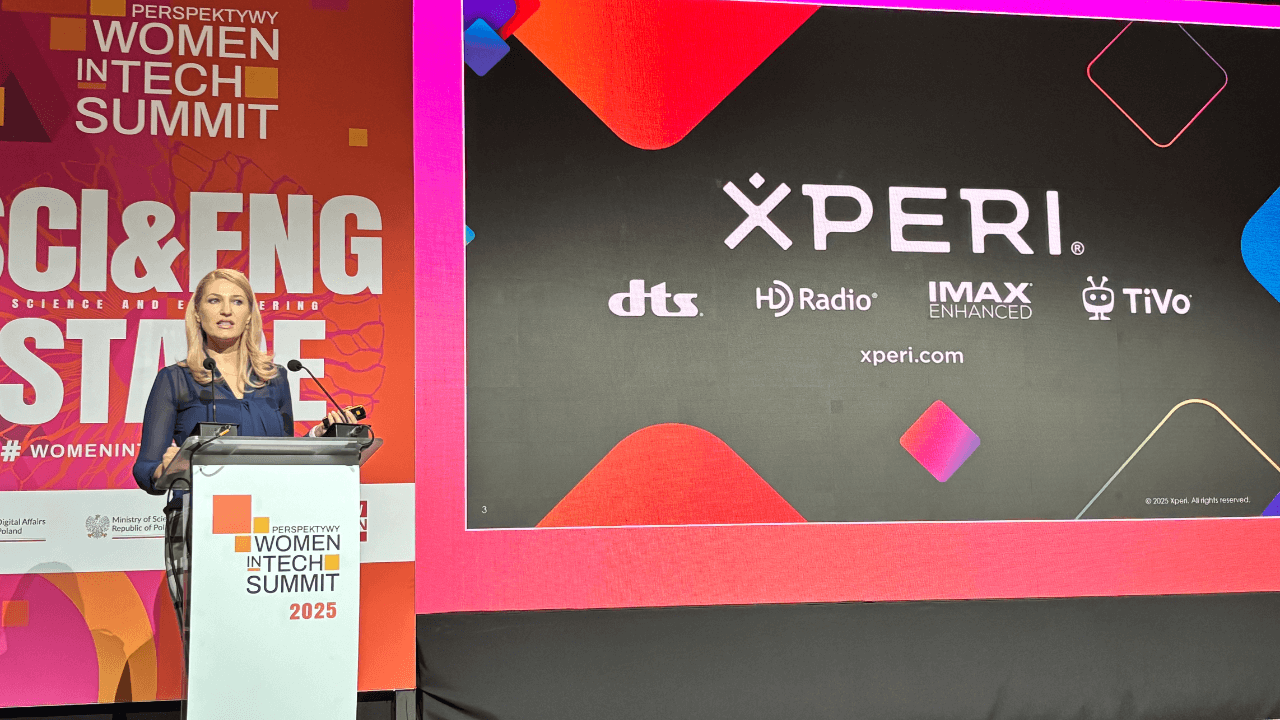Numerous examples of monopolistic practices can be found throughout the tech sector. Most of us are probably aware that relatively recently Microsoft, Facebook and Google each faced different forms of legal intervention from the Federal government regarding monopolistic practices. Monopolies can emerge when one company or industry gets to a certain size, but it isn’t an inevitability. Nearly everyone recognizes that monopolies are bad for consumers, and in the long run bad for business too. Healthy competition encourages innovation and enables players of all sizes to enter and compete in the market.
While the smart TV industry is growing and thriving right now, it has certain characteristics that could steer it toward monopolization, if the industry isn’t mindful of certain dangers. That path is not predetermined, however, and the industry can deliver better outcomes for businesses and consumers alike. Let’s take a closer look.
Understanding the Smart TV Value Chain
If we examine the relationships between the technology components of a smart TV, we can start to see how monopolization could happen. At the lowest level of the technology stack is the system-on-a-chip (SOC). Roughly two-thirds of today’s global volume of smart TV SOCs is controlled by a single supplier.
Moving up one stack layer, each SOC lives on a circuit board. The vast majority of the smart TV market is represented by 2-3 main circuit board makers.
Operating Systems and OEMs
Up another level are the operating systems. The majority of the OS landscape is controlled by LG with its proprietary WebOS, Samsung with its Tizen OS, along with the various OEMs that use Roku and Android OS. The other smaller OS providers like Fire and TiVo account for most of the rest of the market.
One layer above that are the TV brands. The major players in that space are those two we mentioned: Samsung and LG. Other players like TCL, Hisense, Philips, and a host of smaller players each battle for the remaining market share.
Content Providers and Retailers
Sitting on top of the TV and OS providers are the content service providers (CSPs). The big ones are all household names now: Netflix, Prime Video, Disney+, HBO Max and Hulu. The universe of smaller niche content service providers is vast and expanding all the time, but the major players still account for the vast majority of consumer viewing.
Also in the stack, above all of these is the retailer segment, because the retailers each take a piece of the transaction. Here in the U.S., major retailers like Walmart, Best Buy, and Amazon are dominant players that give these manufacturers their pipelines to the customer. Most consumers have easy access to these major retailers, but the fact remains that the dominance of major chain and online retailers gives them great wholesale buying power but still serves to restrict the choices available to consumers.
The Limitations of Restrictive Choice
In each of these layers there is a dominant player or two, followed by a couple of smaller players, then a smattering of others. This entire ecosystem depends on these players being willing to work with each other. If a dominant player in one layer of the stack refuses to work with a provider in some other layer, that player is effectively kept entirely out of the smart TV ecosystem entirely.
For instance, if a dominant retailer refuses to carry a TV brand, that brand is kept largely out of the market. If a SOC provider refuses to support a particular operating system, that OS provider can’t participate in any TV where that SOC has a footprint. If an OS provider refuses to carry one of the CSPs, their content won’t be shown on those TVs.
This restrictive power flows both upward and downward in this stack. While it can help large providers hold on to their market share, it has the potential to turn monopolistic, which is ultimately not good for consumers, who simply want to watch their desired content and have a user-friendly experience with the TV itself. Very few consumers care what SOC or even OS their TV uses.
The Paradox
The more platforms and providers that exist at every layer of the stack, the more work it is for other players to support the ecosystem. This extra work doesn’t necessarily translate into more revenue or a greater margin for them, as there’s often little incentive to support more than just a couple of providers in each layer.
For example, brick and mortar retailers usually only stock a few large TV brands, because they have limited shelf space. The TV brands themselves generally only want to deal with the biggest CSPs, even though dozens more exist. The CSPs only want to support a couple of operating systems and SOCs, in order to simplify their development process and minimize costs. In similar fashion, the OS providers usually want the relative simplicity of supporting a couple of SOCs at most.
Because of the nature of the system, every player in this ecosystem is disincentivized to do anything that runs contrary to their ability to scale. In the end, the consumer is left with fewer choices.
This situation will most likely result in one of two outcomes:
Outcome 1: Monopolization
In this scenario, where disincentives abound, the market would continue to consolidate. Only players that already have scale could participate. In this scenario, eventually only three or four TV brands would remain, and only one or maybe two operating systems. Small companies and startups at every layer of the stack would be excluded (mostly or entirely) from entering the market.
If we imagine this scenario taken to its logical extreme, things could get so bad that individual CSPs would be exclusive to one or two TV brands, and each household could find themselves needing to own a TV from each manufacturer in order to have access to all the content available from the various CSPs out there.
Obviously this is an extreme example, and nobody wants to see this happen. But there’s another way.
Outcome 2: Certification Programs and Fair Play|
A more positive outcome would see companies that participate in the smart TV ecosystem taking necessary actions to enable their fellow market participants to engage with their technologies in a less burdensome way. They could build “self-service” certification tools, open standards and other systems for encouraging collaboration across the stack.
For instance, a SOC manufacturer could publish a set of parameters for OS providers to make sure that their OS works on that particular SOC. Or an OS could distribute an official certification program that would allow any CSP, large or small, to write their code to run on the OS.
This approach would help ensure fair play in the market and allow smaller players to enter the market more easily. A self-certification model would empower everyone — large and small players alike — because the development tools, certification protocols and APIs would be open, transparent and accessible to them equally.
Large companies could build mass-market offerings this way and expand their footprint across every manufacturer, while smaller companies could still afford to develop niche innovations and deliver them to market.
This approach would also help globalize the market. In a world where self-certification and fair play like this is the norm, small CSPs in small markets will have an easier time getting their content into the living rooms of their viewers.
As a hypothetical example, a CSP in a place like Finland, offering Finnish-language content, might have a difficult time negotiating a custom application for several different operating systems, and the large OS providers might not feel an incentive to facilitate this. Finland is not a large market and Finnish language content isn’t consumed much anywhere else in the world, after all. If the OS providers published their APIs, however, this CSP could have a much easier pathway to getting their content into that OS, taking the burden off of the OS to facilitate a custom implementation for every niche CSP out there. In this scenario, everybody wins: the OEM and OS get to expand their market, the CSP gets their content into their customers’ living rooms, and the Finnish-speaking consumer gets the content they want to see.
In the end, no consumer wants to lose their freedom of choice. Similarly, no business wants to see heavy-handed government intervention like the kind faced by Facebook, Google and Microsoft. The best way to achieve both of these goals and avoid monopolization is for players across the industry to encourage fair play in the market. Doing so will help to ensure that consumers can watch TV in the ways they want to, while the industry gets to continue to grow, thrive and encourage both innovation and healthy competition.
Stay up to date on the latest technology and insights from TiVo here.



